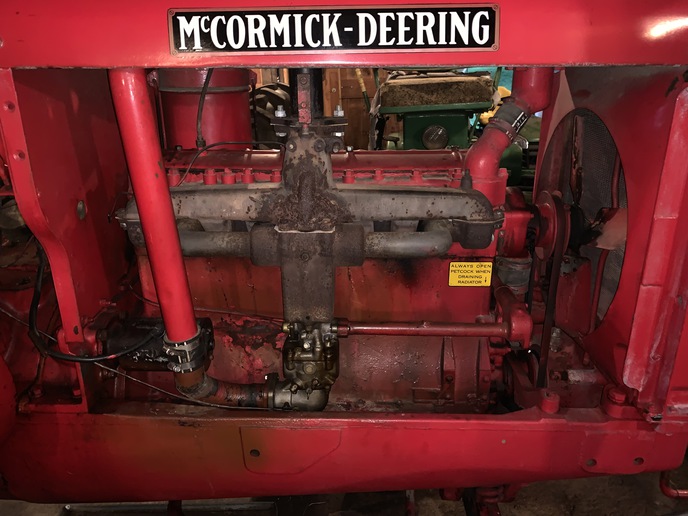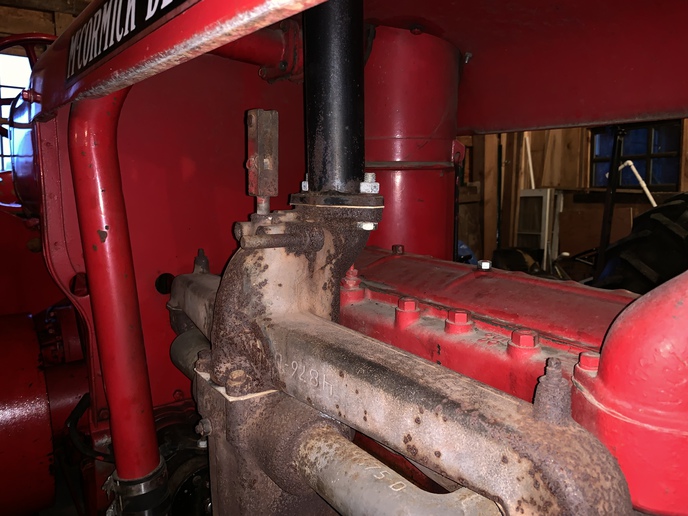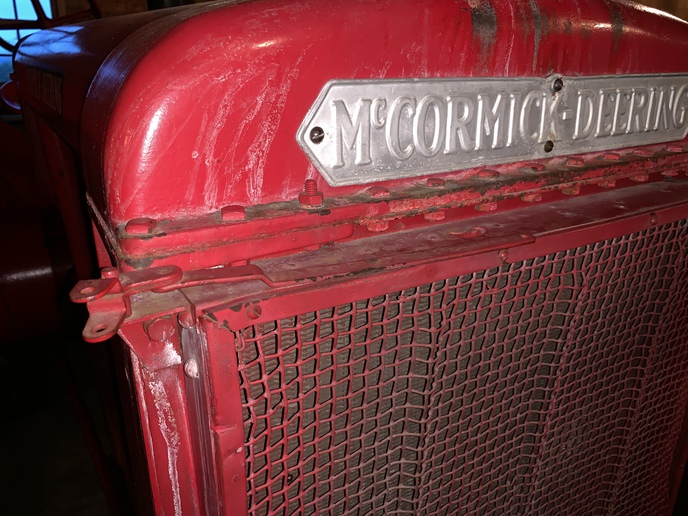Hi All,
I have just recently acquired a 1937 McCormick Deering W-40. Being in New England, these are quite rare for the area and I am trying to learn as much as I can about them. After searching through all the forum archives I could find on both this page and others, I am still left seeking more information and knowledge regarding these tractors.
To start, the tractor is W-40 serial number WCK7441P and I have a few questions regarding it.
First, does being a W-40 designate it as a gas only tractor or gas and kerosene? I have read in some places that it is made to run on straight gas only, and in others that the WA and WK was dropped to just W as the engine could run on either fuel. The tractor does have parts of a shutter system along with what looks like a kerosene manifold and a rod that appears to pull up and down to change the manifold heat setting.
Secondly, what does the P stand for? The tractor is on rubber so my guess would be for pneumatic tires? Have also seen numbers ending in PT. What would this stand for? On a related note, in one location I read that all W-40s had a 4 speed transmission with a road gear. Is this true? This tractor appears to only have a 3 speed.
Additionally, on the note of fuel, this tractor appears to have no small auxiliary tank inside the large tank. Rather, it has a funnel for the small tank welded on that goes to nowhere, along with a valve for the auxiliary tank that just goes into the big tank. Was this normal for gas only tractors or is this a modification someone made?
On a final note, did these tractors originally have electric start as a factory option? This tractor has a starter but no generator. Wasn't sure if this was a factory option, although I would imagine a generator would be desired as well, or if someone swapped motors, although it does have "International" through the three diamonds like it should.
Thank you for any and all assistance,
~FarmallCT
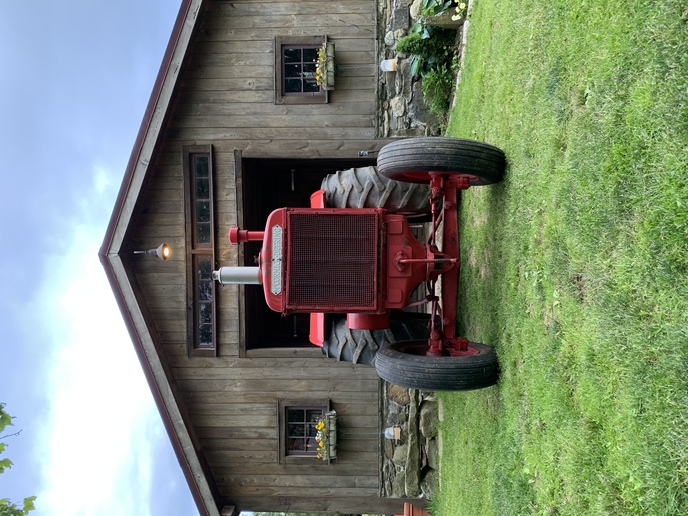
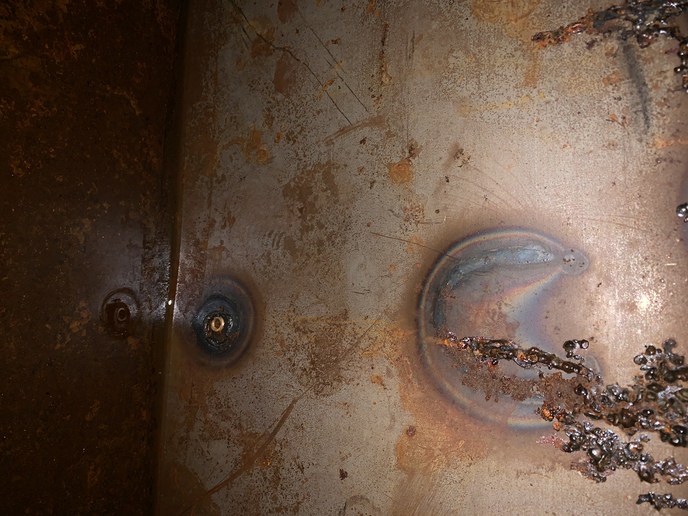
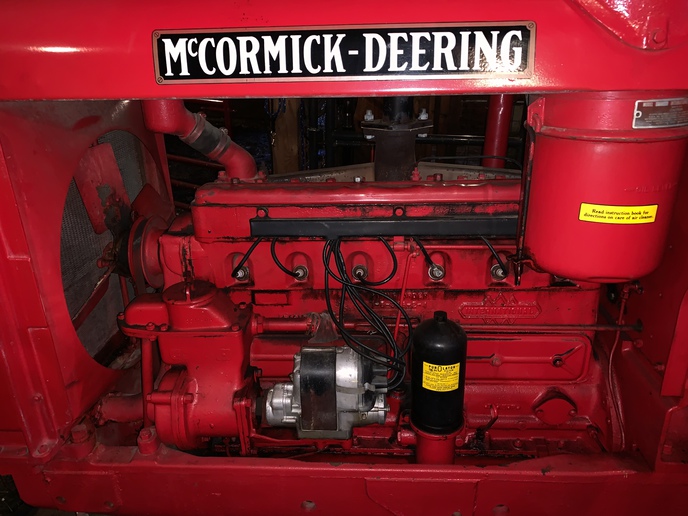
I have just recently acquired a 1937 McCormick Deering W-40. Being in New England, these are quite rare for the area and I am trying to learn as much as I can about them. After searching through all the forum archives I could find on both this page and others, I am still left seeking more information and knowledge regarding these tractors.
To start, the tractor is W-40 serial number WCK7441P and I have a few questions regarding it.
First, does being a W-40 designate it as a gas only tractor or gas and kerosene? I have read in some places that it is made to run on straight gas only, and in others that the WA and WK was dropped to just W as the engine could run on either fuel. The tractor does have parts of a shutter system along with what looks like a kerosene manifold and a rod that appears to pull up and down to change the manifold heat setting.
Secondly, what does the P stand for? The tractor is on rubber so my guess would be for pneumatic tires? Have also seen numbers ending in PT. What would this stand for? On a related note, in one location I read that all W-40s had a 4 speed transmission with a road gear. Is this true? This tractor appears to only have a 3 speed.
Additionally, on the note of fuel, this tractor appears to have no small auxiliary tank inside the large tank. Rather, it has a funnel for the small tank welded on that goes to nowhere, along with a valve for the auxiliary tank that just goes into the big tank. Was this normal for gas only tractors or is this a modification someone made?
On a final note, did these tractors originally have electric start as a factory option? This tractor has a starter but no generator. Wasn't sure if this was a factory option, although I would imagine a generator would be desired as well, or if someone swapped motors, although it does have "International" through the three diamonds like it should.
Thank you for any and all assistance,
~FarmallCT





